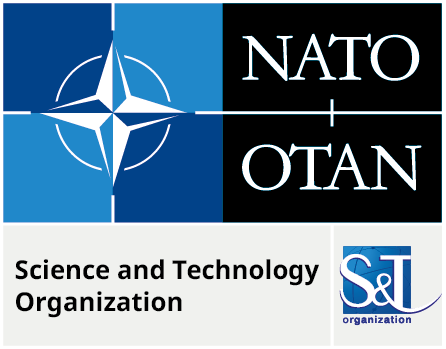Author(s): Richard Beblo
|
Although much work remains in validating the framework and extending it to include more physics, multiple materials, more complex design domains, and accommodating more design variables, the above work shows promise in the method as a viable solution to incorporating material design into topology optimization. Principal component analysis has been shown to have the capability of incorporating variation of up to 50 different design variables at relatively low order. The method of using RBFs to model the boundaries of the material design space appears adequate given appropriate smoothing of the functions during fitting. Using homogenized material properties, executing the macroscale optimization yields a relatively computationally efficient process. Using sensitivity weighted nearest neighbor for realizable material selection has minimal detrimental impact on optimality.
Citation:
ABSTRACT
The next generation of aircraft require novel designs capable of enduring extreme multiphysics environments. Multiscale material Topology Optimization (TO)—where material properties and topology are either simultaneously or sequentially optimized—provides a compelling framework for addressing this complex design problem. In the proposed scheme, a macroscale multidisciplinary topology optimization is constrained with material design constraints derived from a mesoscale material design space exploration. Although this sequential approach provides greater design flexibility, a key drawback is significant computational expense due to the curse of dimensionality. To partially mitigate this expense, we utilize principal component analysis to reduce the order of the radial basis function constraints and a novel sensitivity weighted material design selection approach. The benefit of a sequential scheme is the framework is easily extendable to other disciplines and is material and system agnostic, simplifying collaboration across fields. Results from an optimized Messerschmitt-Bölkow-Blohm (MBB) beam are used to validate the framework, which is then used to design a cylindrical material system attaching two materials with high and low thermal expansion coefficients, approximating the attachment of a compact thermal protection system of a high-speed vehicle, high temperature internal engine components, or a vehicle body panel near a heat source. Experimental results are shown for both the MBB beam and thermal protection system (TPS) cylinder, including digital image correlation and thermal imaging.


